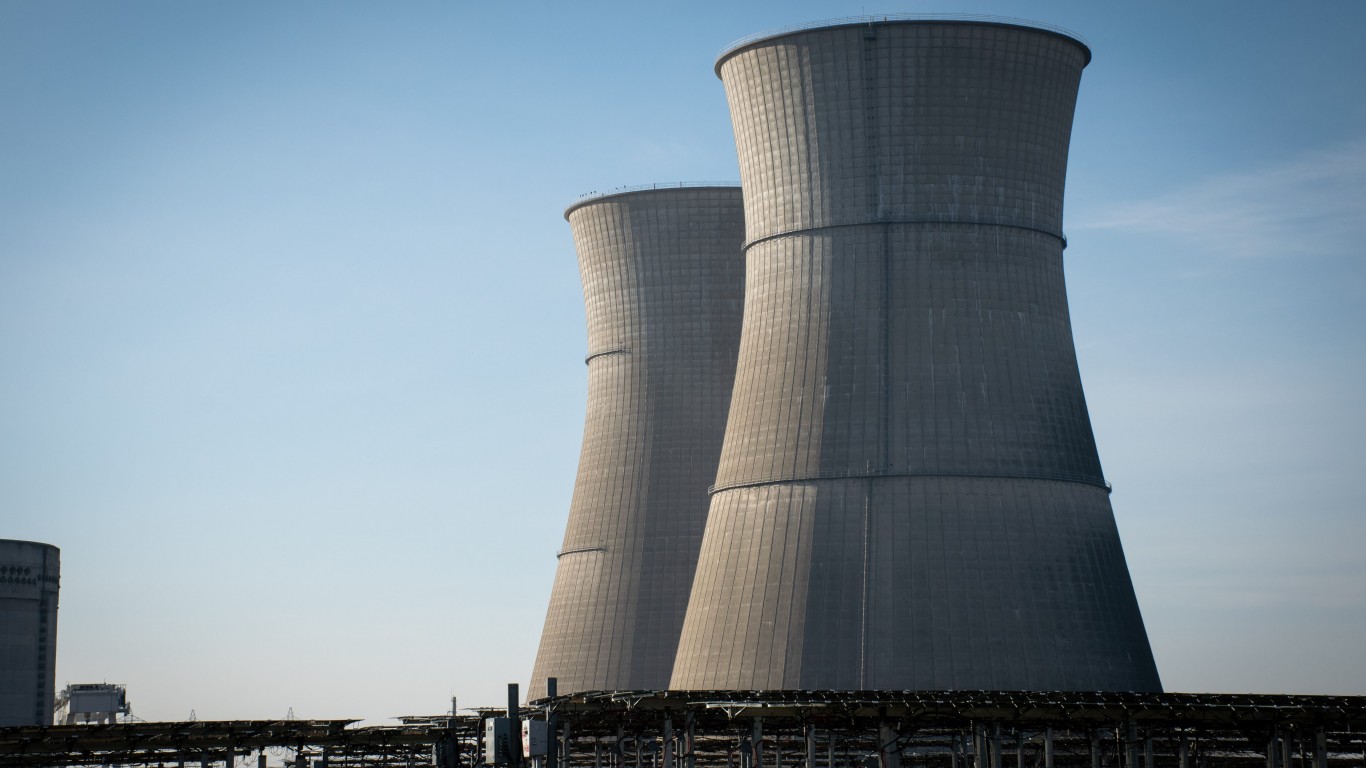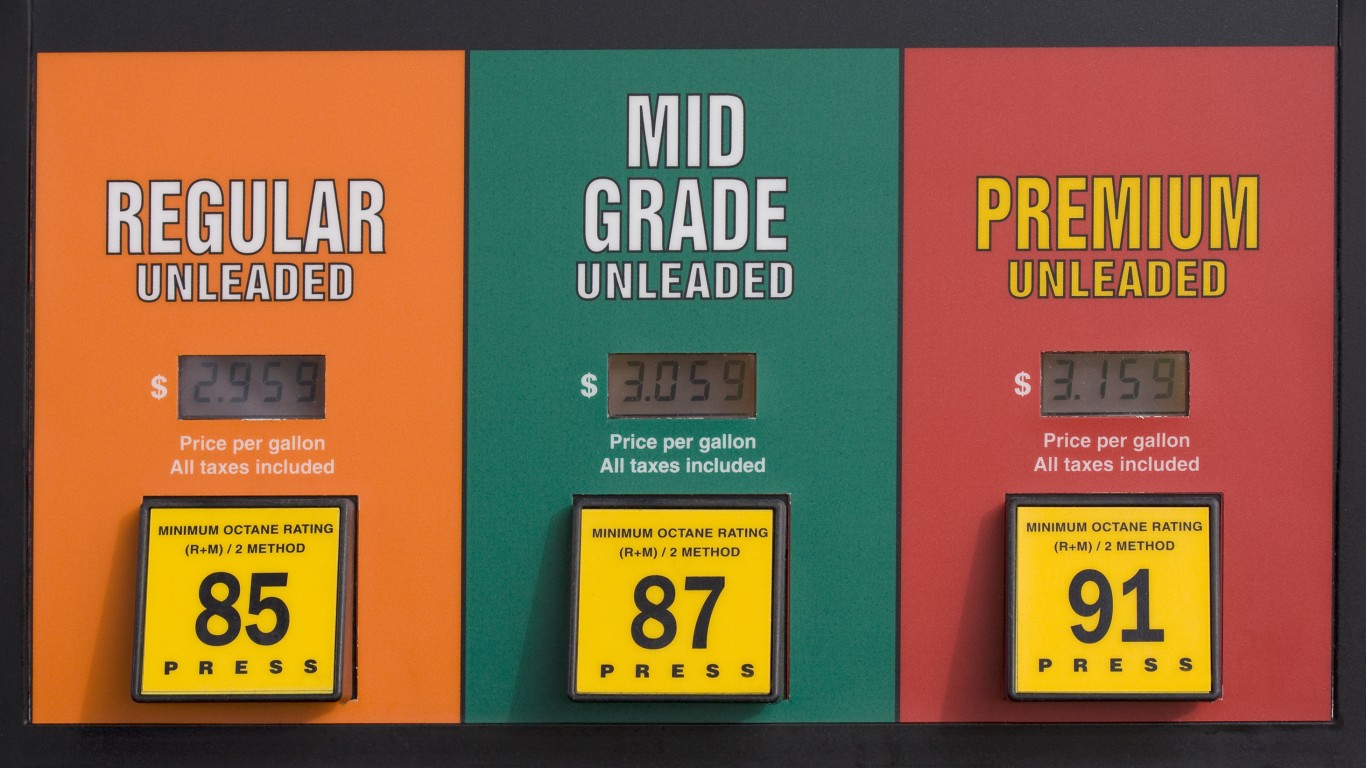
Of the four largest U.S. oil refiners, two boosted net income in each quarter of 2015. Two of the four report fourth-quarter results later this month, and the other two report in the first two weeks of next month.
Thursday’s news that Warren Buffett’s Berkshire Hathaway Inc. (NYSE: BRK-A) had raised its stake in the country’s largest refiner, Phillips 66 (NYSE: PSX), to a little more than 12%. Buffett is well-known for playing the long game, but in the near term analysts are not expecting refiners to benefit much from falling crude prices.
Only one refiner, Tesoro Corp. (NYSE: TSO), is expected to post higher earnings per share in the fourth-quarter of 2015 than it did in the 2014 fourth quarter. What’s odd about that is that at the end of December 2014, the spot price of West Texas Intermediate (WTI) at the Cushing, Okla., hub was $52.72 a barrel. At the end of 2015, that had dropped by about $15 a barrel to $37.13. Low crude oil prices typically mean that refiner margins and profits rise.
At the same time, the average retail price for a gallon of regular gasoline was $2.299 at the end of 2014, and continued to fall in the first seven weeks of 2015, reaching a low of $2.044 at the end of January, then rising to $2.448 at the end of the first quarter. In that quarter, refiners’ quarterly net income slipped to its lowest level of the past four quarters.
Here’s the chart for Phillips 66, Valero Corp. (NYSE: VLO), Marathon Petroleum Corp. (NYSE: MPC) and Tesoro:
| Q4 2014 | Q1 2015 | Q2 2015 | Q3 2015 | |
| Phillips 66 | $1.15 billion | $987 million | $1.01 billion | $1.58 billion |
| Valero | $1.12 billion | $964 million | $1.35 billion | $1.38 billion |
| Marathon | $798 million | $891 million | $826 million | $948 million |
| Tesoro | $145 million | $145 million | $582 million | $759 million |
Refiner profits rose throughout 2015 as crude prices and retail prices fell. Dog bites man.
Now look at what analysts are expecting for the fourth quarter of 2015:
- Phillips 66: EPS of $1.40 compared with $1.63 in the fourth quarter of 2014
- Valero: EPS of $1.38 compared with $1.83
- Marathon: EPS of $0.79 compared with $1.44
- Tesoro: EPS of $2.22 compared with $1.46
Refining margins have improved in the past two quarters, but even with falling pump prices, demand from U.S. drivers is at a 10-year low. Adjusted for population differences, U.S. motorists are traveling about 6% fewer miles than they did in the peak driving year of 2005. Combine that with the fact that cars and light trucks that average about five miles more per gallon of gas than they did 10 years ago, and we might conclude that demand has not just slowed down, but has in fact been permanently destroyed.
In each of the past two weeks, U.S. gasoline inventories have soared by a total of nearly 20 million barrels, even as refinery runs have slowed to around 91% of capacity from a high last month of around 95%. As gasoline inventories rise, demand on refiners falls. The corollary to that is that demand falls at the retail pump, in essence forcing refiners to lower prices and thereby reduce their profits. Demand for crude falls too, putting more pressure on crude prices as well.
Refiners enter their turnaround and maintenance season in February, and pump prices typically rise as refinery throughput declines. That calculus may be different this year, though, if gasoline inventories continue rising.
Take Charge of Your Retirement In Just A Few Minutes (Sponsor)
Retirement planning doesn’t have to feel overwhelming. The key is finding expert guidance—and SmartAsset’s simple quiz makes it easier than ever for you to connect with a vetted financial advisor.
Here’s how it works:
- Answer a Few Simple Questions. Tell us a bit about your goals and preferences—it only takes a few minutes!
- Get Matched with Vetted Advisors Our smart tool matches you with up to three pre-screened, vetted advisors who serve your area and are held to a fiduciary standard to act in your best interests. Click here to begin
- Choose Your Fit Review their profiles, schedule an introductory call (or meet in person), and select the advisor who feel is right for you.
Why wait? Start building the retirement you’ve always dreamed of. Click here to get started today!
Thank you for reading! Have some feedback for us?
Contact the 24/7 Wall St. editorial team.
 24/7 Wall St.
24/7 Wall St.



